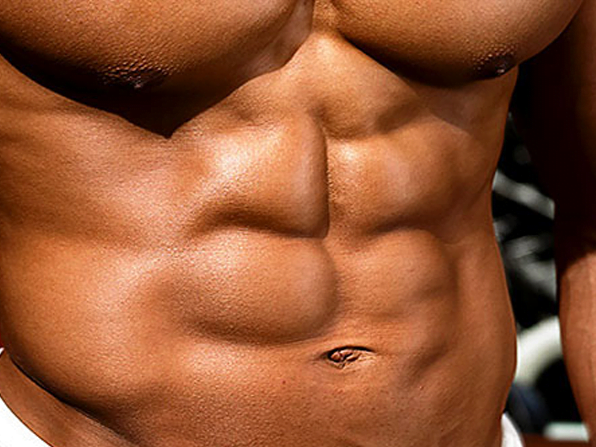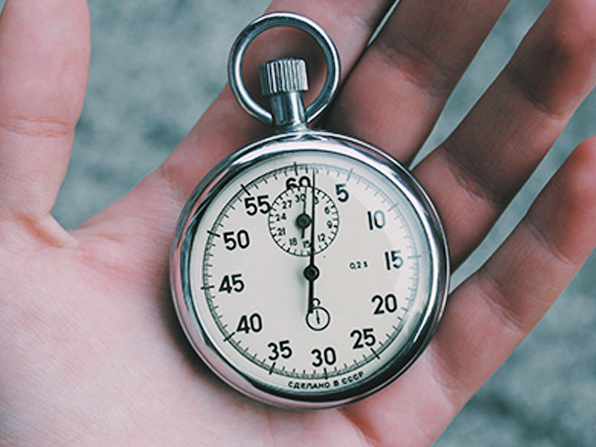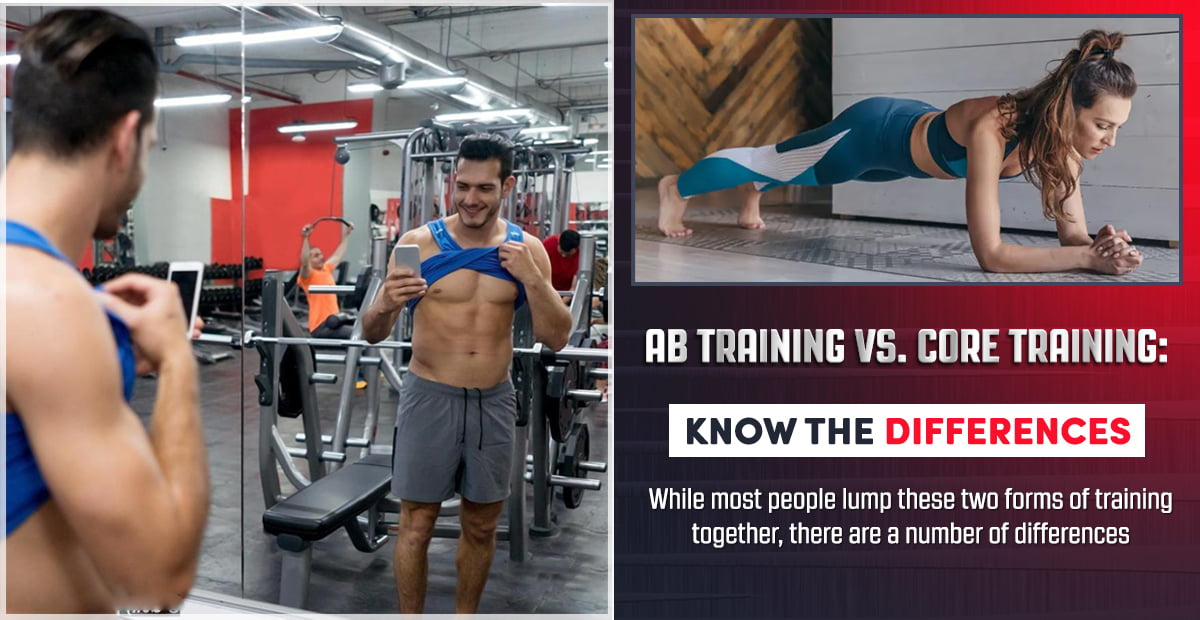
I've heard this question countless times in my years as a personal trainer.
People walk into the gym wanting that coveted six-pack, but aren't sure if they should be doing crunches or planks.
The difference between abs and core training isn't semantic, but rather fundamental to approaching your fitness goals. Understanding which muscles you're targeting and why will help you get the most out of your workouts.
I'll break down what sets these two training approaches apart and give examples of exercises and movements you can try.
Abdominal Muscles Vs Core Muscles Explained Simply
When most people think of “Abs,” they're usually picturing the rectus abdominis. I'm talking about the six-pack muscle running down the front of your belly, which appears when your body fat gets low enough.
Your abdominal muscles also include the internal and external obliques that wrap around your sides and help with twisting and side bending.
Your core includes much more than just your abs – it's what Physiopedia calls a muscular box that stabilizes and supports your spine.
Beyond the abs and obliques, your core also encompasses your back muscles, the muscles around your pelvis, and your transverse abdominis (the deep muscle that wraps around your midsection like a corset).
Think of it this way: abs are part of your core, but your core is much more than just abs.
So, is Core More Important Than Abs?
Yes, core strength is generally more valuable than just having defined abs. Your core muscles stabilize your spine, improve your posture, and transfer power between your upper and lower body. This stability prevents back pain and enhances everything from lifting groceries to athletic performance.
While part of this system, abs primarily help with bending forward and contribute less to overall strength, balance, and stability than the entire core working as a unit.
I’ve trained people with six-packs who still struggle with basic functional fitness movements.
Will Core Workouts Give You Abs?
Possibly, but it's not guaranteed. Core workouts strengthen all the muscles in your midsection, including your rectus abdominis (six-pack muscle). However, visible abs means having low body fat, which no amount of core training alone can achieve.
I've trained folks who can hold planks for minutes and perform advanced core exercises with perfect form…yet their abs remain hidden under a layer of fat.
If you want defined abs, I recommend combining core training with proper nutrition and strategic weight loss goals.
Can You Get Abs Without Training Your Core?
Technically yes, but it's not ideal. The six-pack muscle can become visible through fat loss alone, and some exercises like heavy squats and deadlifts indirectly work your abs. The thing is, this approach leads to imbalances and missed opportunities for overall core strength.
Without proper core training, you might develop a weak transverse abdominis. According to the National Institutes of Health, that's the main reason 80% of the population suffers from low back pain.
Exercise Examples for Training Abs and Core
Now that you understand the difference between these muscle groups, let's look at how to train them effectively. I'll share some of my go-to exercises and movements targeting specific ab muscles or engaging your core system.
Workouts for Building Your Six Pack
Needless to say, I've tested countless ab exercises over the years. These four are great for adding abdominal training to your workout and will deliver results, especially if combined with a weight loss stack packed with the right supplements.
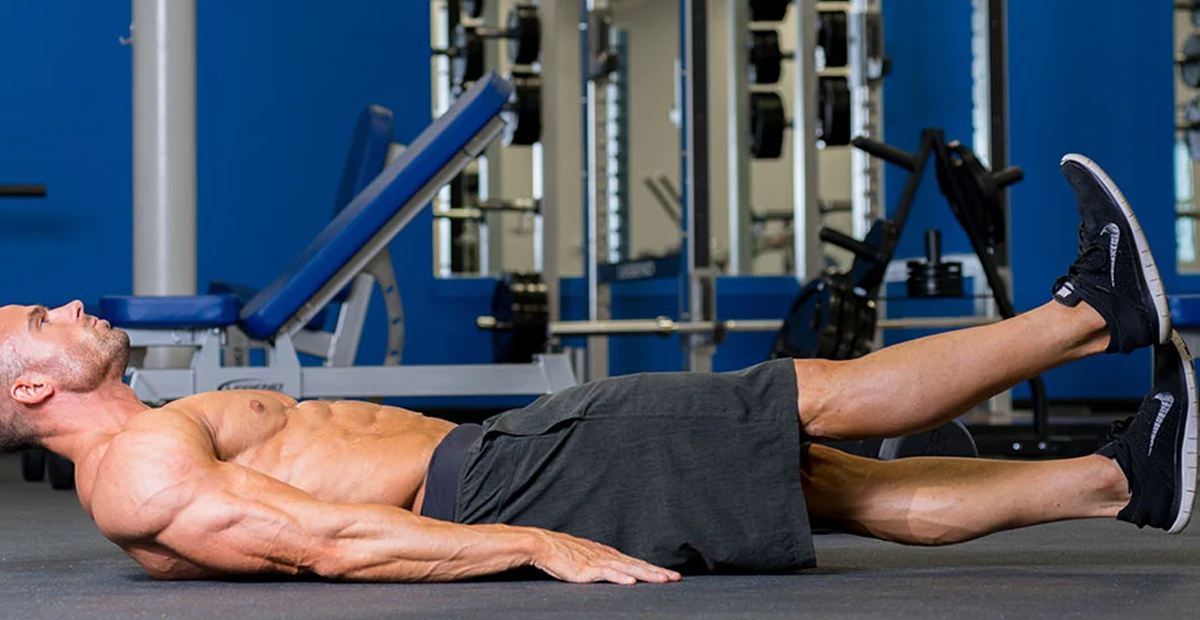
Hanging Knee Raise
This is one of my favorites – grab a pull-up bar, hang with arms fully extended, then use your abdominal muscles to pull your knees toward your chest.
Your muscle fibers will light up as you pause briefly at the top. The hanging position eliminates the floor's support, forcing your abs to work harder through a fuller range of motion.
Alternate Knee Crunch
For these, I start in a tuck position with thighs perpendicular to the ground, fingers clasped behind my head, then sit up while pulling each elbow toward the opposite leg.
This twisting motion engages both the rectus abdominis and the oblique muscles. The alternating pattern prevents your body from falling into a repetitive groove, keeping the muscles guessing.
Flutter Kicks
Flutter kicks might look simple, but they're incredibly effective for targeting the lower section of your abs. I lie flat with my hands tucked under my hips for support, then lift each leg alternately about 8 inches off the floor in quick, controlled movements.
The burn builds fast as these isolate the lower abdominal region, which is typically harder to activate.
Kettlebell Crunch
For added resistance, I strongly recommend kettlebell crunches.
Lie back with a kettlebell positioned on your chest, feet flat on the floor, then lift your torso while keeping the weight close to your body.
The added resistance forces your ab muscles to work harder with each rep, stimulating more growth in the six-pack area. Just be sure to maintain control throughout the movement to protect your spine.
Movements for Strengthening Your Entire Core
There is plenty you can do to build a strong core. I have another article showing 3 easy exercises you can do at home. Here, I'll share different movements you can incorporate into your exercise routine to make your core muscles work.
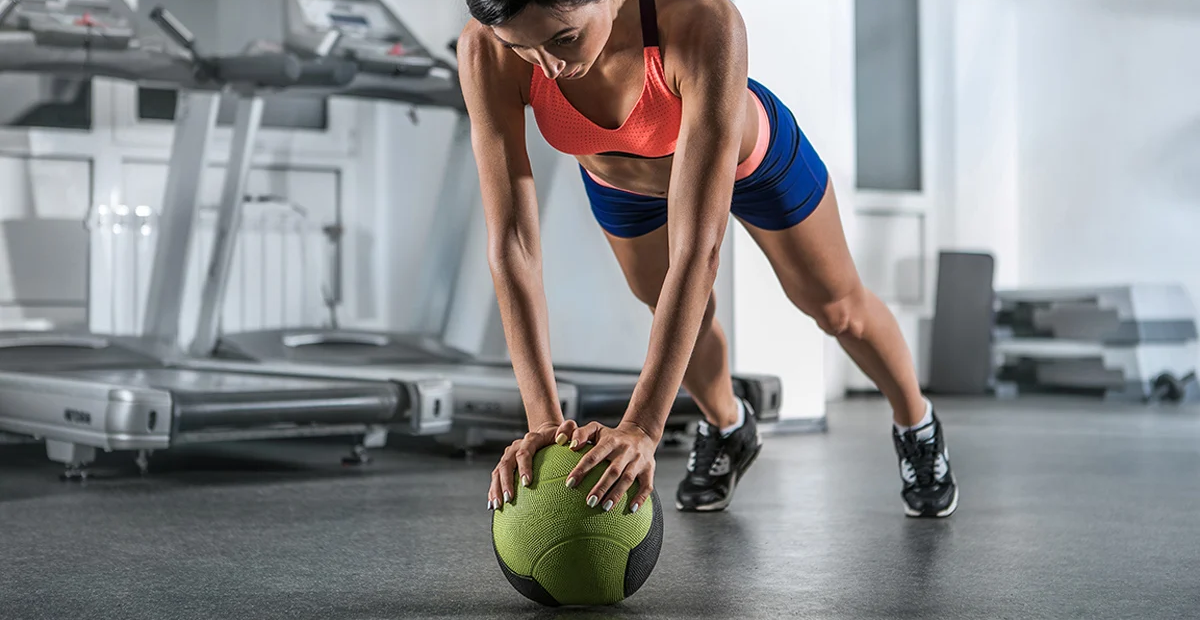
Pushup Position Movements
I've found that exercises in the pushup position are fantastic for engaging multiple muscle groups simultaneously.
The standard plank activates your transverse abdominis, pelvic floor muscles, and back muscles. Performing bird dogs from this position (extending opposite arm and leg) improves core stability. Renegade rows, where you hold a dumbbell in each hand and row one arm at a time, challenge your entire core to keep your hips from swaying.
Hanging Movements
The hanging leg raise is perfect for strengthening the front and lower portion of your core. Start with knee raises if you're newer to training, then progress to straight leg raises as your strength improves.
If you have more experience, try the L-sit hold. It's brutal but effective – hang from a bar and hold your legs straight out in front of you. Your core bears the brunt of this isometric challenge.
Keep in mind that these require decent grip strength, so you may need to build up to them gradually.
Rotational Movements
Your core is designed to rotate and resist rotation, and both functions need training.
I regularly do medicine ball throws (twisting and throwing a weighted ball against a wall). Cable rotations are another staple in my programming; they let you control resistance through the entire movement, even simple Russian twists with a weight plate strengthen your internal and external obliques.

